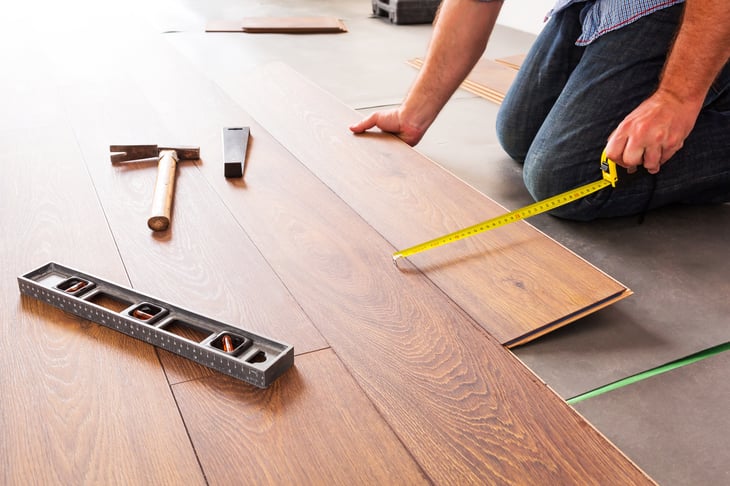Cooking up a major remodeling project, but hoping to get a good price on it? Well, slowing down and taking the time to plan out your renovation can make a huge difference to how deeply you need to dip into your wallet.
Some projects — especially expensive ones — might not give you any return on your investment. You might want to consider whether going forward with such a project is even worth it.
If you do move ahead, read on for creative tips to bring that price down to earth.
1. Save on materials

There are many ways to save on materials for your project. For example, you can recycle and reuse building materials. Habitat for Humanity has hundreds of Habitat ReStores that sell new and gently used furniture, home accessories, building materials, and appliances at a fraction of their retail prices.
Other tips include:
- Find free or cheap materials online through sites like eBay, Craigslist and Freecycle, or in person at flea markets or building-supply auctions operated by state governments.
- Ask your contractor for odds-and-ends left over from other jobs.
2. Look for deals on pivotal pieces

Keep an eye out for specials on big-ticket items that you need, things like countertops, kitchen island installation or new windows. Once you buy the deal, plan the rest of your remodel around it.
3. Stick with standard sizes

Semi-custom pieces can cost twice the price of stock pieces. Custom will set you back even more. Just understand that you’ll sacrifice some options in size, color, finish and accents — such as crown molding — to get the less expensive stock pieces.
4. Consider good imitations

Buying things like laminate wood planks that resemble hardwood floors can save you a bundle.
5. Maximize space before trying to enlarge it

Sometimes, the existing space you have can work just fine if you are creative. For example, instead of a full-kitchen remodel, you may be able to save thousands by replacing lower cabinet shelves with pullout drawers containing pot trays, lazy Susans or racks for canned goods and other items, says This Old House.
6. Don’t move plumbing

Relocating a toilet just 3 feet can cost you up to $1,000, says This Old House. Relocating the kitchen sink can set you back as much as $2,000.
7. Plan what you’ll spend, and then some

Make a budget, but build in a 10% to 20% margin of error for whatever may go wrong.
8. Use elbow grease to save on labor costs

Sometimes projects are best left to professionals. But paying someone to do interior painting and trim work can cost a small fortune. If you can handle basic tools such as a paint brush, ladder, miter saw and a coping saw, you can save a bundle on labor. If you can’t, consider volunteering at Habitat for Humanity or other groups that would give you free training while you help a good cause.
If you do hire a contractor, ask about doing your own demolition or cleanup. Also ask if you can order supplies yourself. Contractors who order on their own often add markups for themselves on the materials they order for your job.
9. Time your project

You’ll often pay a contractor more in summer — the busy season — than in winter months, when work usually slows and they may discount their services.
10. Save on stress and cost with a schedule

Sticking to a timetable may also help avoid cost overruns by eliminating inefficient use of any labor you may hire, or having subcontractors show up to perform work that’s not ready for them to tackle.
For additional tips for stretching your remodeling dollars, check out “36 Home Upgrades That Cost Less Than $100.”
Do you have ingenious ways of making affordable home improvements? Share them in comments or on our Facebook page.





Add a Comment
Our Policy: We welcome relevant and respectful comments in order to foster healthy and informative discussions. All other comments may be removed. Comments with links are automatically held for moderation.